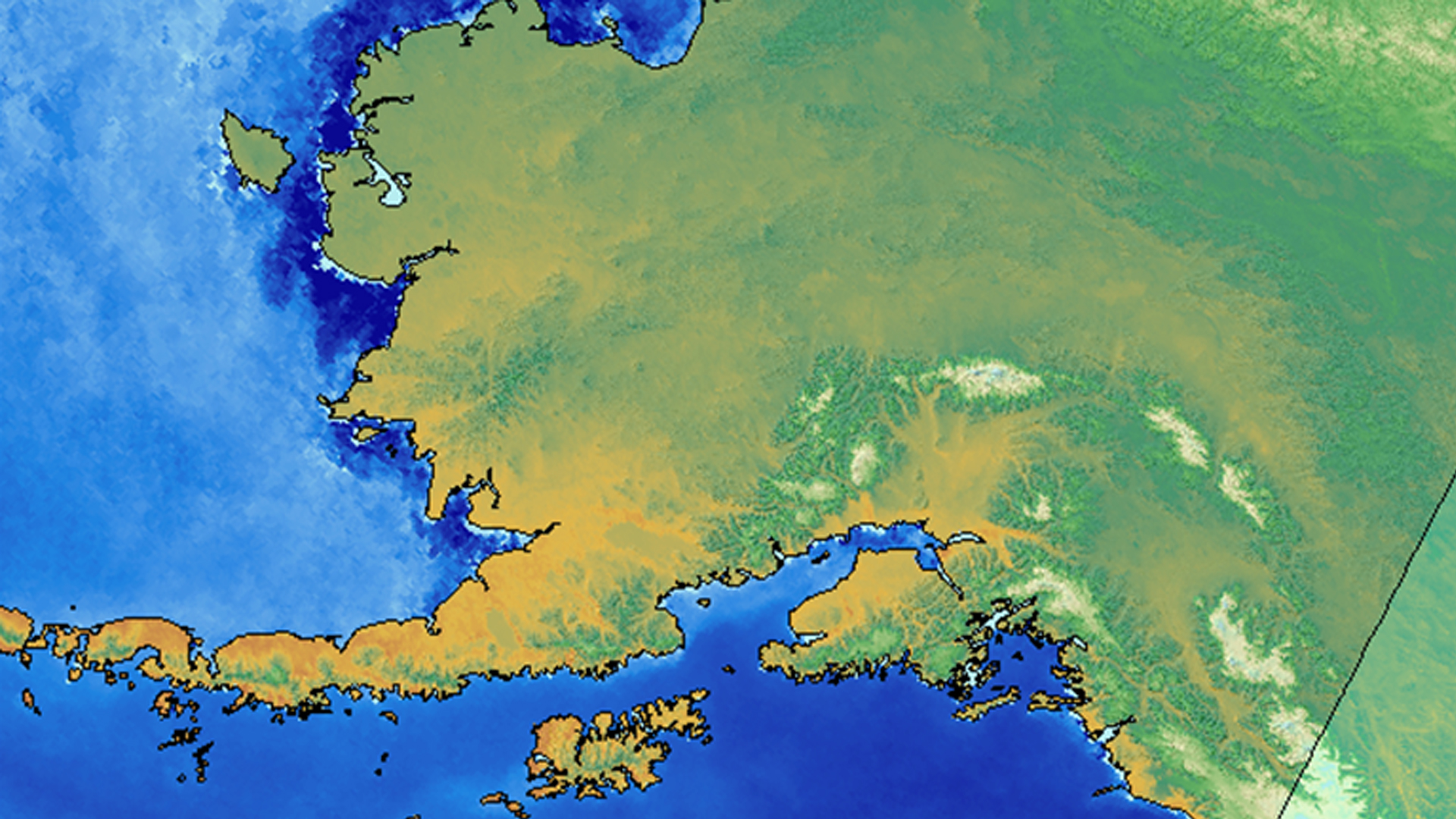Alaska Climate

Utilizing NASA Earth Observations to Model Potential Suitable Habitat of Invasive Species Threatening Alaskan Wetlands
The rapid expansion of purple loosestrife (Lythrum salicaria) and reed canarygrass (Phalaris arundinacea L.) into aquatic and wetland systems has reduced native plant abundance, decreased species diversity, and degraded wildlife habitats for birds and amphibians throughout North America. The expansion of these invasive species into northern latitudes as a result of changing climate trends poses mitigation challenges to natural resource managers. In the United States, this trend is particularly concerning in Alaska, where wetlands are of major economic and ecological importance. This project developed habitat suitability models utilizing spectral data from Terra and Aqua MODIS in conjunction with topographic and climatic variables to map historic and current suitable habitat for purple loosestrife and reed canarygrass across Canada and the United States. The resulting habitat suitability maps will support decision making and the planning of management actions by partners at the Alaska Region US Fish and Wildlife Service in the "Early Detection, Rapid Response" program for invasive species management.
Project Video:
Artic Invaders
- Location
- USGS at Colorado State University
- Term
- Summer 2017
- Partner(s)
- US Fish and Wildlife Service, Alaska Region
- NASA Earth Observations
- SRTM V3
Terra, MODIS
Aqua, MODIS - Team
- Emma Hatcher (Project Lead)
Sarah Carroll
Timothy Mayer
Audrey Martinez - Advisor(s)
- Dr. Paul Evangelista (Natural Resource Ecology Laboratory, Colorado State University)
Dr. Amanda West (Natural Resource Ecology Laboratory, Colorado State University)